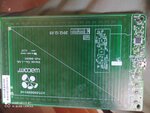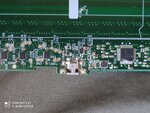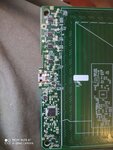Bagile
Newbie
I have a wacom tablet on which the connector lost contact with the pcb. I'd like to solder the cable directly to the pcb but i cant find where the connections are on the pcb. I put up couple of pictures of the pcb, if you cant see something clearly ill do it again. Thanks in advance!


